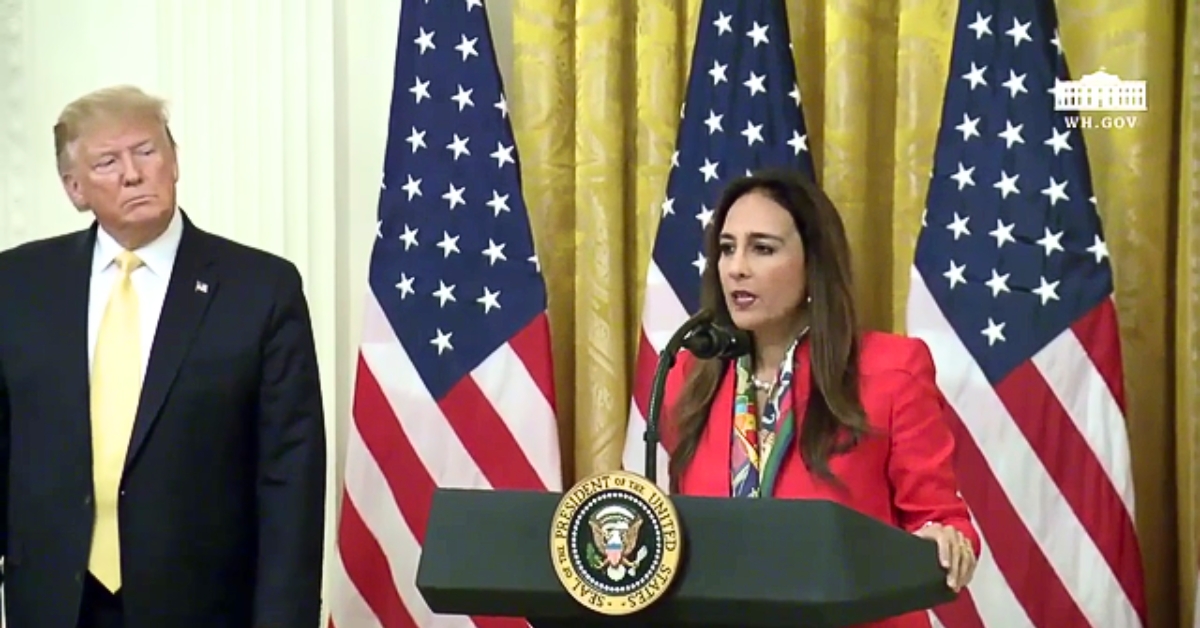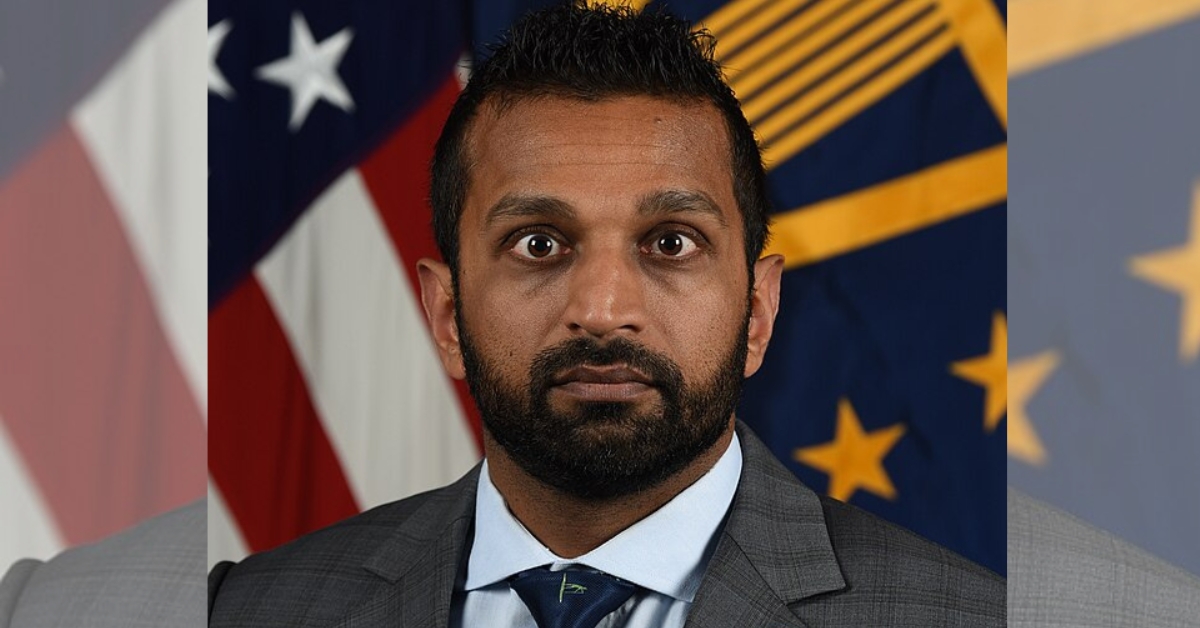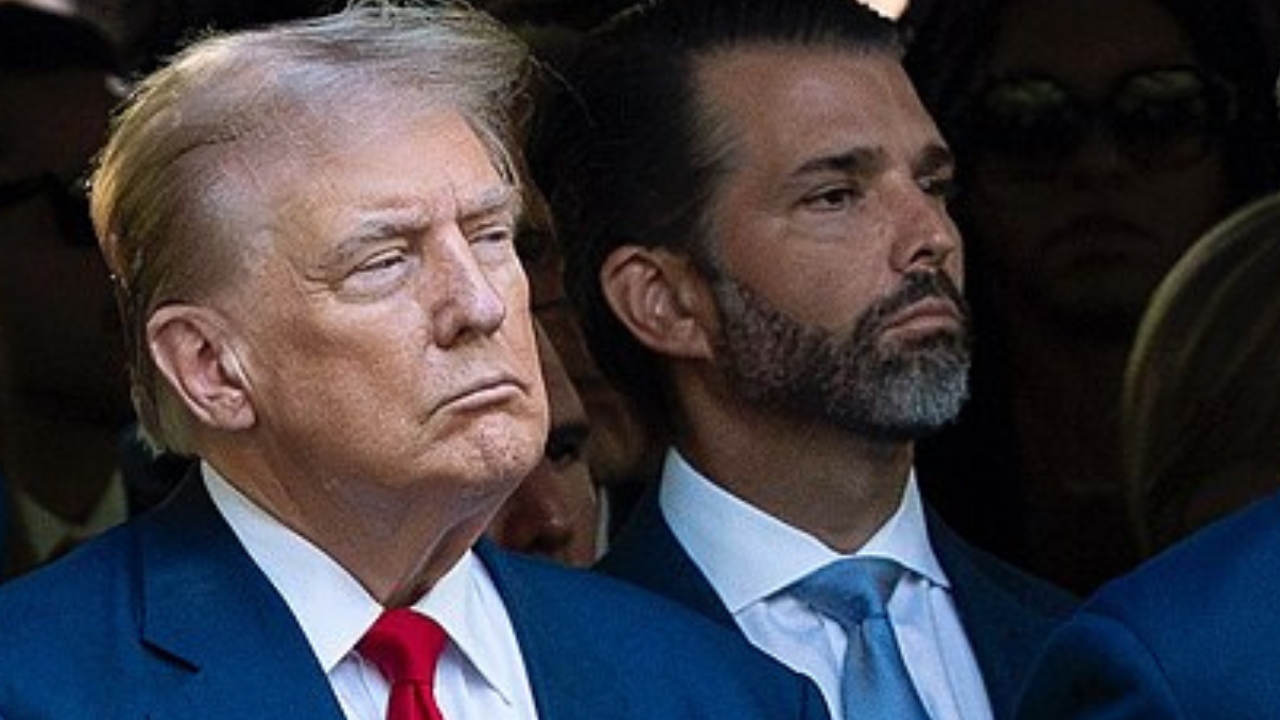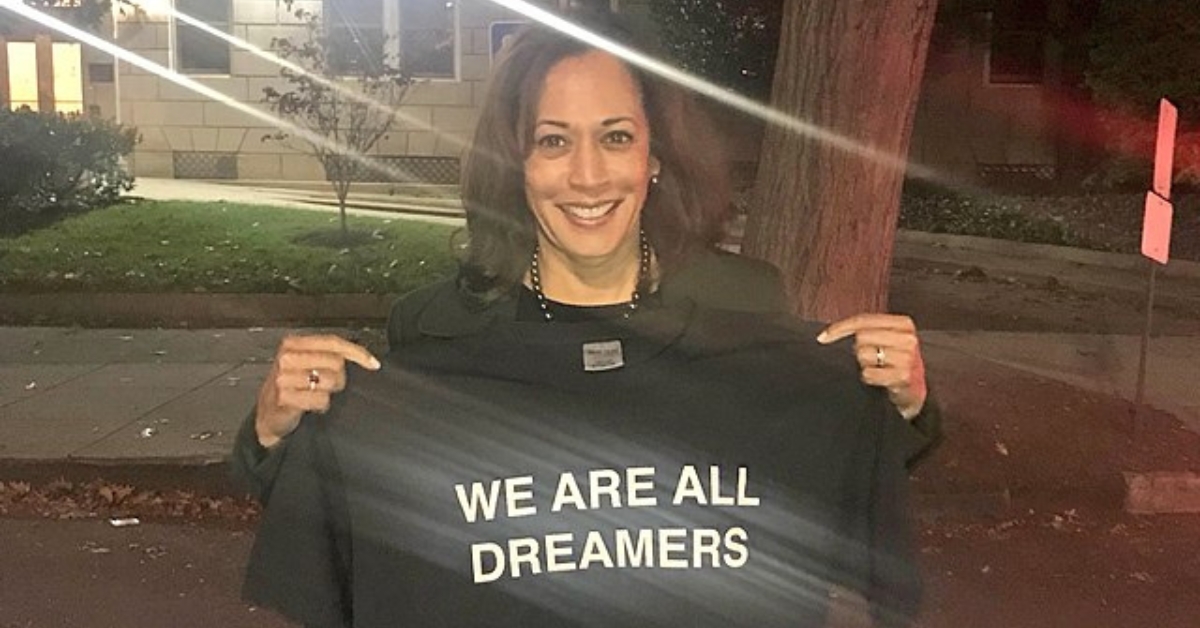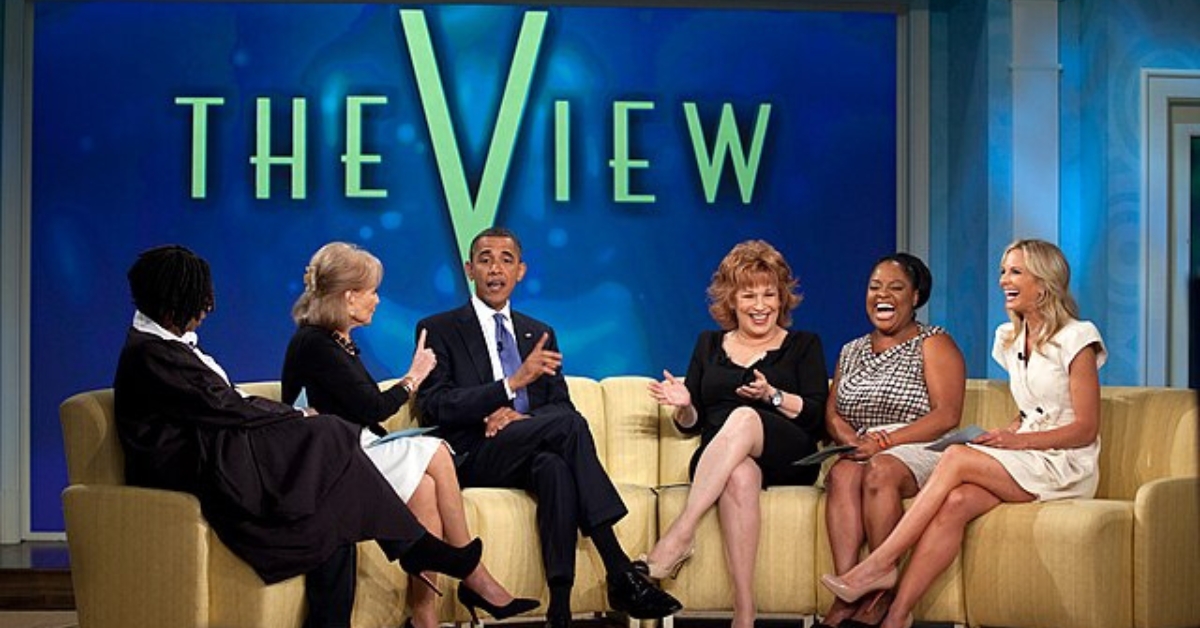
Latino, Black and Young Voters Helped Trump Regain the White House
Donald Trump‘s recent presidential victory marks a defining moment in American electoral history, not merely because of his return to office but due to his notable gains among key demographic groups that have traditionally leaned Democrat. In an election cycle fraught with polarization and high stakes, Trump’s campaign managed to increase its appeal significantly among Latino, Black, and young voters. This shift suggests a potential realignment of historical voting patterns, hinting at evolving political identities and priorities within these communities.
Trump’s command over the election was not just a rebuke of Biden but also a clear message against Harris‘s inability to resonate beyond her base. Trump’s appeal broadened beyond traditional Republican borders, making significant inroads with demographics that Democrats consider their stronghold. His gains among Black, Hispanic, and young voters were telling. Trump improved his 2020 performance with Hispanic voters by 6 points and with Black voters by an impressive 7 points. This shift is particularly noteworthy among young voters, where Trump saw a 10-point increase from 2020, indicating a seismic shift in political alignment that could redefine future electoral landscapes.
It’s becoming increasingly clear that minority and young voters are no longer content with simply following the Democrat playbook. Across the country, a significant shift is unfolding as these historically Democrat strongholds are starting to challenge the status quo. They are questioning long-held assumptions and re-evaluating the narratives they’ve been handed down for generations.
The allure of identity politics, once a potent force in rallying voter bases, is losing its grip. These voters are looking past the superficial appeals to their demographics and are critically analyzing what the parties truly offer. It’s not just about voting for someone who looks like them; it’s about who can genuinely improve their lives and address the issues that matter most to them.
This change is a wake-up call to the Democrat Party. The old tactics of fear-mongering and division are proving less effective. Young people, in particular, are showing that they are more interested in policies than in partisan loyalty. They want solutions for affordable education, viable job prospects, and a sustainable environment. Similarly, Latino and Black communities are advocating for meaningful changes in economic opportunities and justice reforms, rather than just symbolic gestures.
The shift in these voting patterns suggests a broader trend: a desire for authenticity and substantive policy over party loyalty. These voters are ready to support candidates who stand for what will genuinely benefit them and their communities, regardless of historical alliances. This is a pivotal moment in American politics, one that could redefine the future electoral landscape as more voters decide to vote not based on who the Democrats tell them to support, but on who they believe will be the best choice for America.
